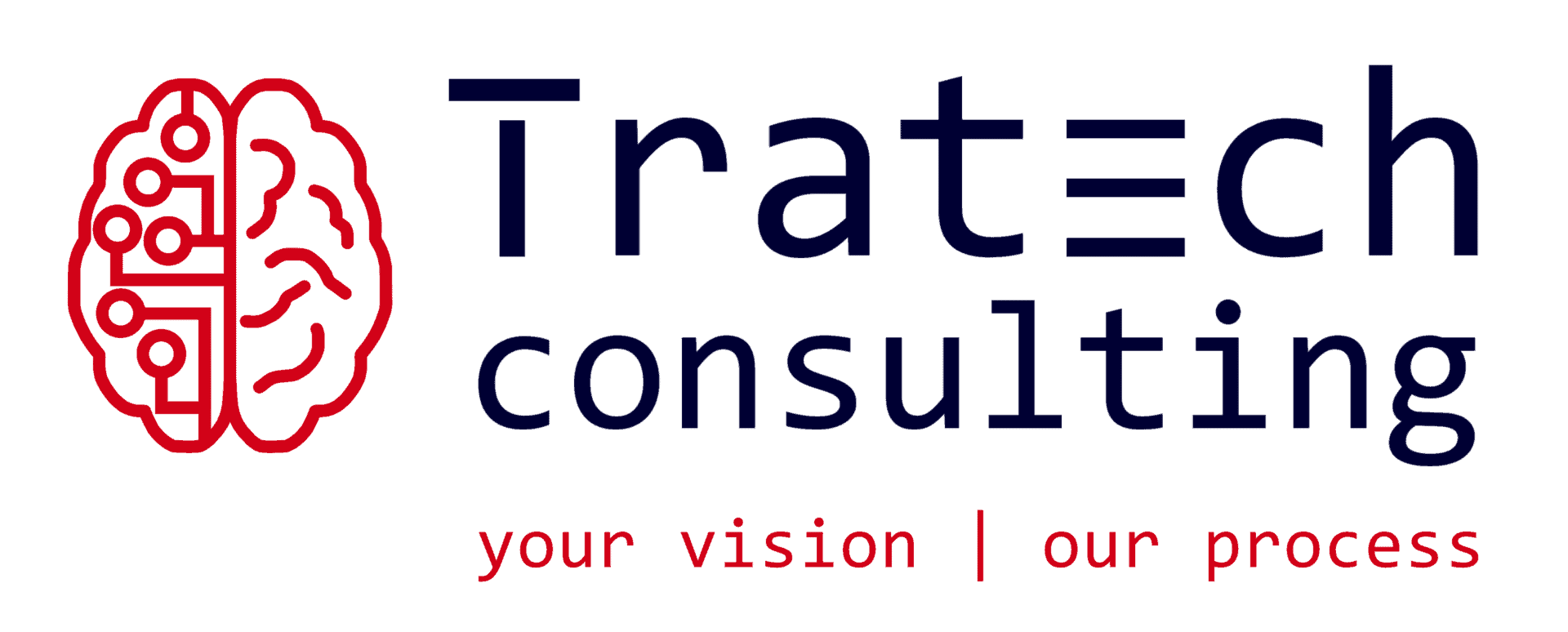Running a business is tough. You have the vision, the strategy, incessant drive and unwavering commitment, whilst also having overall accountability for growth and success.
So it may be that in the cold light of day you don’t consider the experience of the business end-users and their processes to be a priority.
Just a word of warning though that in today’s competitive business landscape, end-user experience is not just a nice-to-have; it’s paramount to your business being successful. Companies that excel in delivering exceptional end-user experiences set themselves apart, fostering loyalty and driving growth.
In this edition of ‘Understanding Your Business’, we will explore proven strategies for improving processes to benefit end-users, drawing on insights from industry leaders and best practices.
1. Embrace Customer-Centric Culture

Adopting a customer-centric culture is foundational to improving end-user experience. This means shifting the organisational mindset to prioritise customer needs and feedback in every decision and process. Encourage every department, from product development to customer service, to consider how their actions affect the end-user. Regular training and workshops can help instil this culture across the organisation.
2. Streamline Processes
Originally when I wrote this, I entitled this section as “Streamline Processes with Technology” but changed my mind. Whilst one of the mechanisms for being able to remove the monotonous, mundane, and manual, technology is only useful to a business when it is carefully embedded into the business strategic landscape. Implemented in a haphazard way can waste time, money and frustrate your end-users. Instead of considering streamlining of processes just using technology, look at processes which are bloated and unnecessary. Don’t be scared to simply cut them out of your day-to-day. Your end-users (both internally and externally) will thank you for it.
Yes, leveraging technology to streamline processes can significantly enhance the end-user experience. The dramatic and continuing improvements of Automation tools and AI can reduce wait times, eliminate manual errors, and provide personalised experiences at scale. But they need to be wrapped into a strategy which makes it easier for end-users to get what they want. For example, chatbots can offer instant support, while CRM systems ensure a unified view of customer interactions, enabling more personalised and efficient service. But implemented badly, with incorrect underlying processes, can result in the reputation of your business being damaged.
3. Implement Continuous Feedback Loops
Continuous feedback loops are crucial for understanding end-user needs and identifying areas for process improvement. Utilise surveys, user testing, and analytics to gather insights into user satisfaction and pain points. Actively involve end-users from the start of transformation journeys, in the development process through beta testing and co-creation workshops to ensure that improvements align with their expectations.
4. Focus on User-Friendly Design

A user-friendly design is essential for a positive end-user experience. This involves creating intuitive interfaces, simplifying navigation, and ensuring accessibility for all users. Regularly review and update your digital platforms to address usability issues and incorporate the latest best practices in UX/UI design.
There are many, many books, white papers, research and more about the science behind a good UX/UI design. Don’t think that you can save money in this area by rushing it – it could be the difference between delighting and devastating your end-users.
5. Prioritise Speed and Efficiency
In the digital age, speed and efficiency are non-negotiable for end-users. Optimise your processes and digital platforms for fast loading times and smooth performance. This may involve investing in better hosting services, optimising images and code, and simplifying workflows to reduce the number of steps required to complete a task. Whatever you do, do it quickly. Don’t spend months debating whether to take out a box on a process map. Be brave, be innovative and try, and you’ll be thanked for it.
6. Enhance Personalisation

Personalisation can significantly improve the end-user experience by making interactions more relevant and engaging. Use data analytics to understand user preferences and behaviours, and tailor your services, recommendations, and communications accordingly. However, ensure that personalisation efforts respect user privacy and comply with data protection regulations.
7. Foster Cross-Functional Collaboration
Improving the end-user experience requires collaboration across many different departments and functions. Break down silos and foster a culture of cross-functional teamwork, where insights and feedback are shared openly. This ensures a holistic approach to process improvement that considers all aspects of the end-user experience.
8. Invest in Employee Training and Empowerment
Employees play a crucial role in delivering a superior end-user experience. Invest in regular training to keep your team updated on the latest customer service practices and technological tools as well as any new features being implemented to products developed by your business. Empower employees to make decisions in the best interest of the end-user, fostering a proactive approach to solving user issues.
9. Measure and Monitor Performance

Finally, establish clear metrics to measure the impact of your process improvements on the end-user experience. This could include user satisfaction scores, net promoter scores (NPS), and conversion rates. Regularly monitor these metrics to assess the effectiveness of your strategies and make data-driven decisions for further improvements
.
As you begin your transformational journey, take some time to think about how your end-users will benefit, how you can involve them in the evolution of the business processes and how you can incorporate their feedback to make their lives easier.
Until next time…..


